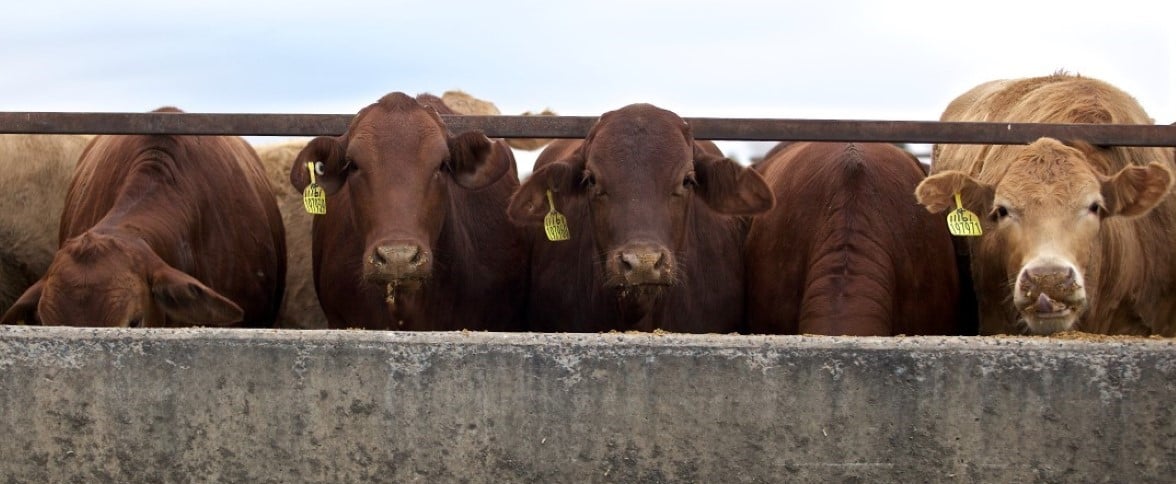Is your emergency stockfeed LPA compliant?
Using cotton trash as an alternative stockfeed
In some areas, cotton trash can be a useful option for alternative stockfeed, particularly in dry conditions. However, LPA accredited livestock producers can only feed their livestock cotton trash as mulch under a strict protocol. This protocol was developed by industry, approved by SAFEMEAT and incorporated into the LPA program.
The protocol ensures livestock fed cotton trash continue to meet Australia’s Food Standards and the requirements of global markets. It will ensure livestock being fed (or having access to) cotton trash do not enter the food chain within the 60-day Export Animal Feed Interval. By adhering to this protocol, producers wishing to access cotton trash can maintain their LPA accreditation.
The protocol requires producers to source cotton trash only from approved gins and it will trigger a cotton trash accessed (CTA) status being applied to all the livestock on their PIC, as well as a cotton trash PIC (CTP) status being applied to the PIC on the NLIS database.
Producers should also be aware that some buyers may choose not to purchase cattle or sheep that have been fed cotton trash, and this may compromise the value of livestock or curtail access to certain markets.
For more information on accessing cotton trash under the LPA and removing an accessed cotton trash status on NLIS, refer to the information on LPA alternative feedstuffs or the LPA Factsheet.
